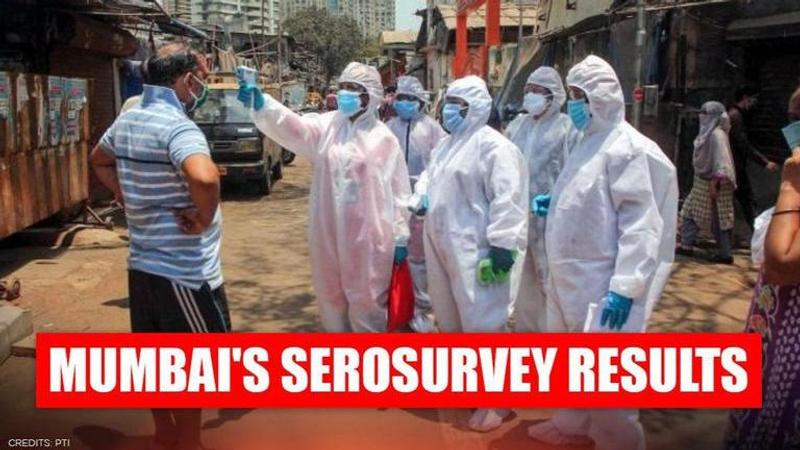Published 23:25 IST, July 28th 2020
Mumbai: 57% slum and 16% non-slum residents exposed to COVID reveals BMC serosurvey study
BMC released the results of the in its first sero surveillance test conducted in the city to find the spread of the virus as Mumbai sees the lowest COVID rise

Advertisement
On the day Mumbai saw its lowest 1-day rise with 717 new cases, the city's civic body- BMC released the results of the in its first sero surveillance test conducted in the city to find the spread of the virus. After studying 6936 samples from three wards (R-North, M-West, and F-North), BMC found that 57% of residents in slums showed seroprevalence - i.e had been exposed or infected by the Coronavirus. While an ICMR-headed serosurvey of 500 samples has already been completed in Mumbai, BMC conducted this serosurvey in collaboration with the Tata Institute of Fundamental Research (TIFR) for 12-14 days in the first half of July.
BMC releases first Serosurveillance results
The serosurvey revealed that 16% of non-slum residents showed seroprevalence in these 3 wards. BMC also found that prevalence among women was higher than men. With all these findings, BMC has estimated that the infection fatality rate is likely to be as low as 0.05-0.10%, as compared to the case fatality rate of 5-6%.
Moreover, BMC interpreted that high prevalence in slums could possibly be due to population density and shared common facilities. Meanwhile, lower prevalence in non-slum areas could be due to better social distancing and access to hygienic conditions. Hence, these findings have shown that social distancing and wearing masks are effective in slowing the spread and should continue.
SARS-CoV2 Sero-Prevalence Study in Mumbai; NITI Aayog–BMC-TIFR Study - First Round Report. pic.twitter.com/687nUTl3Py
— माझी Mumbai, आपली BMC (@mybmc) July 28, 2020
Mumbai's COVID crisis
In the past 24 hours, Mumbai reported 2467 new Coronavirus (COVID-19) recoveries taking its recovery rate to 76%. The city also saw a dip in its new cases with only 717 on recorded Tuesday and 55 new deaths. Currently, Mumbai has 1,10,846 cases with 6184 fatalities and 84,411 cured cases and 20,251 active cases. BMC reported that 4,94,339 samples have been tested till date with 8776 samples tested in 24 hours (22.28% positivity rate).
With Maharashtra extending its lockdown, the BMC has increased its containment zones to 741, while over 6022 buildings and chawls have been sealed and are being self-managed by the society. While slums were initially where most cases were found, BMC claims that most cases were now found in housing societies. Recent BMC report shows Borivali as the most affected place with the doubling rate at 38 days, while Dharavi is the least affected ward with a doubling rate at 133 days. Overall, Mumbai's doubling rate at 69 days is higher than the national average of 21.8 days.
23:24 IST, July 28th 2020




